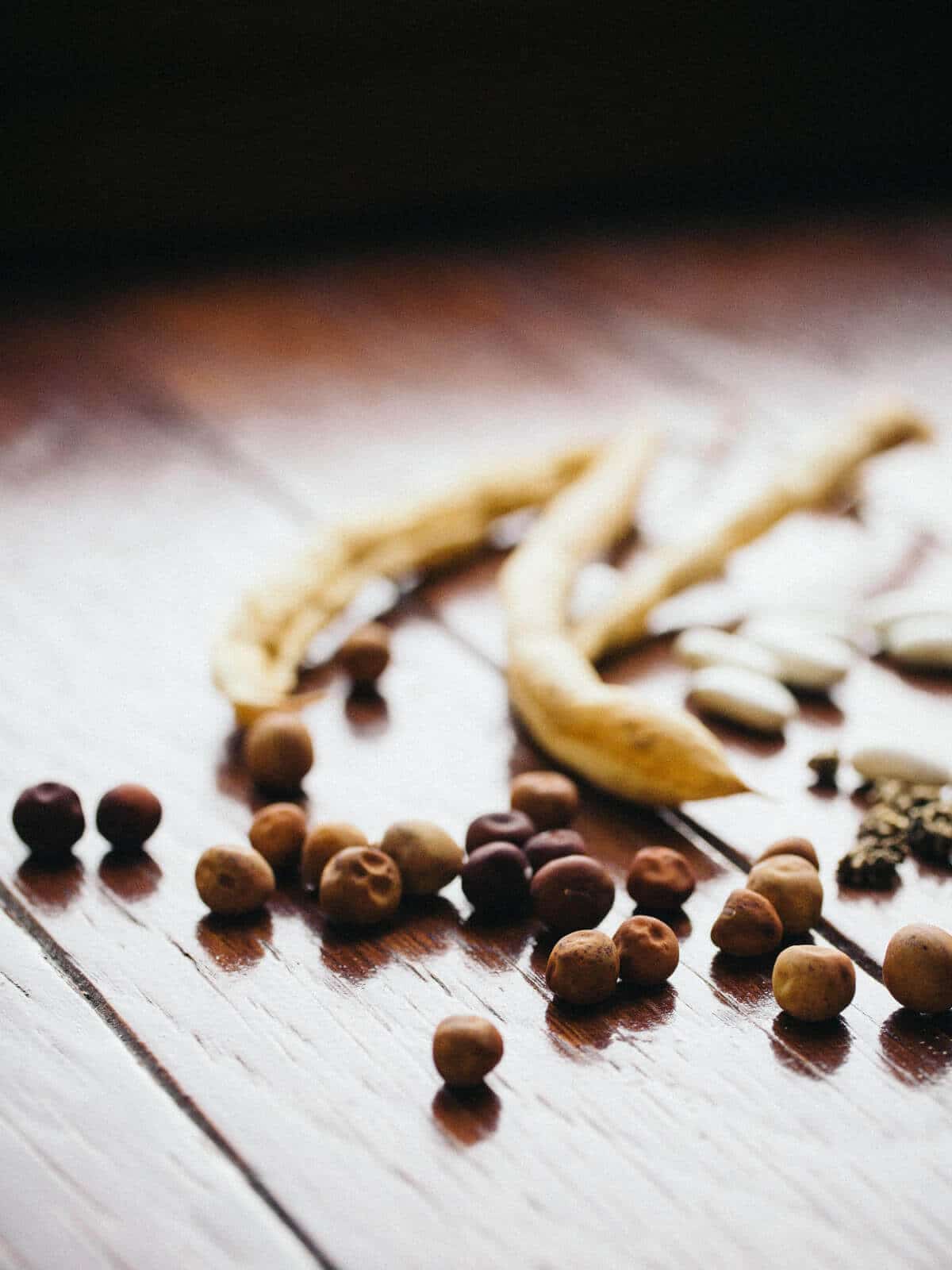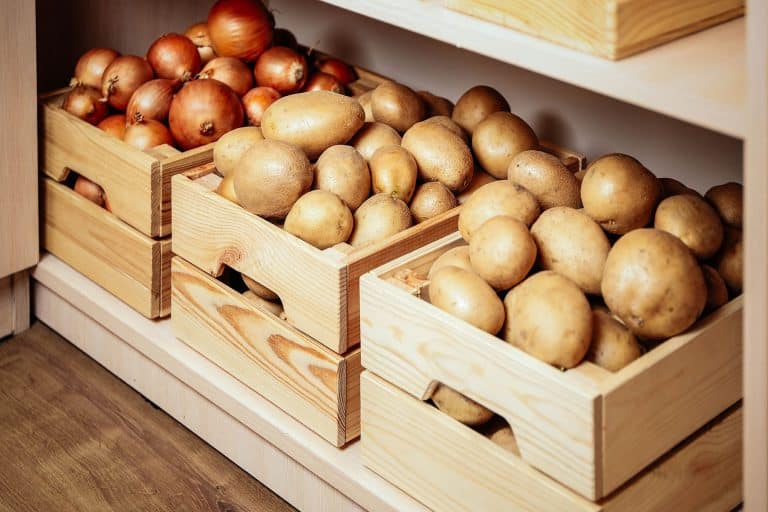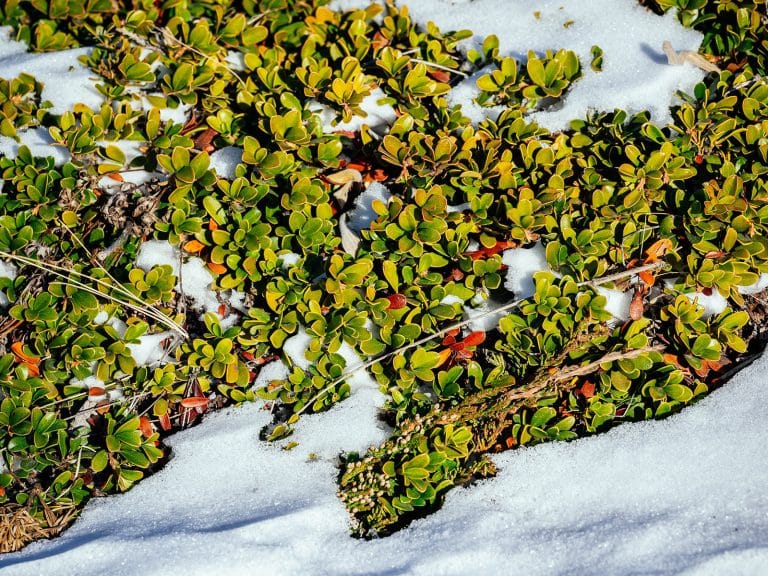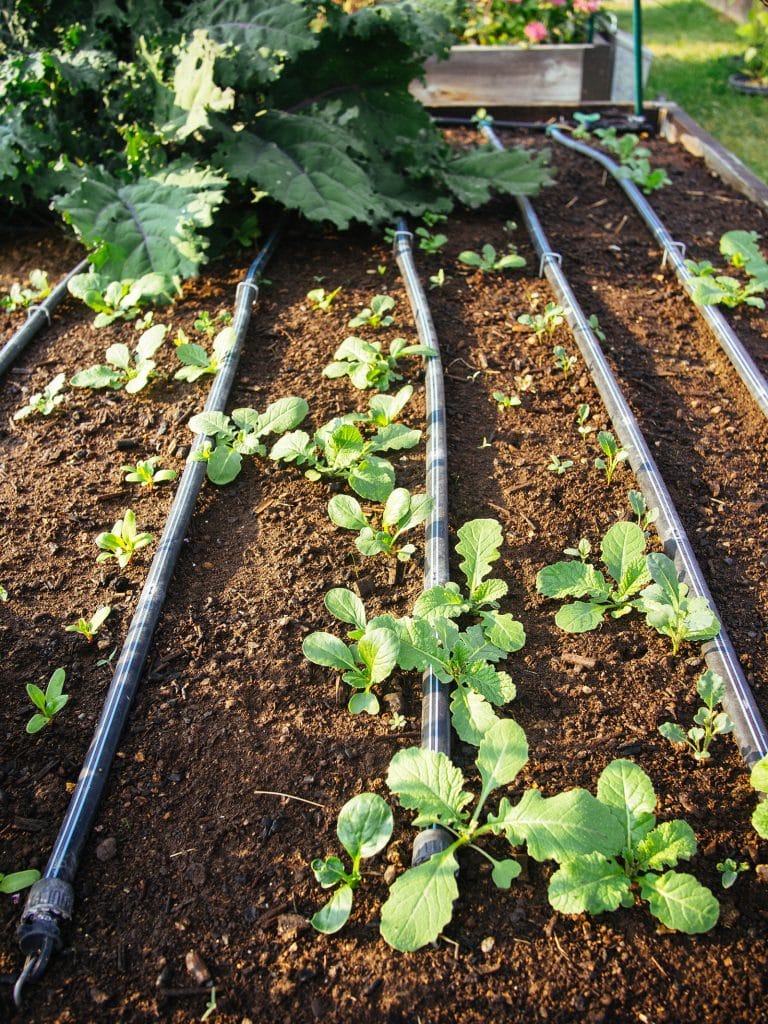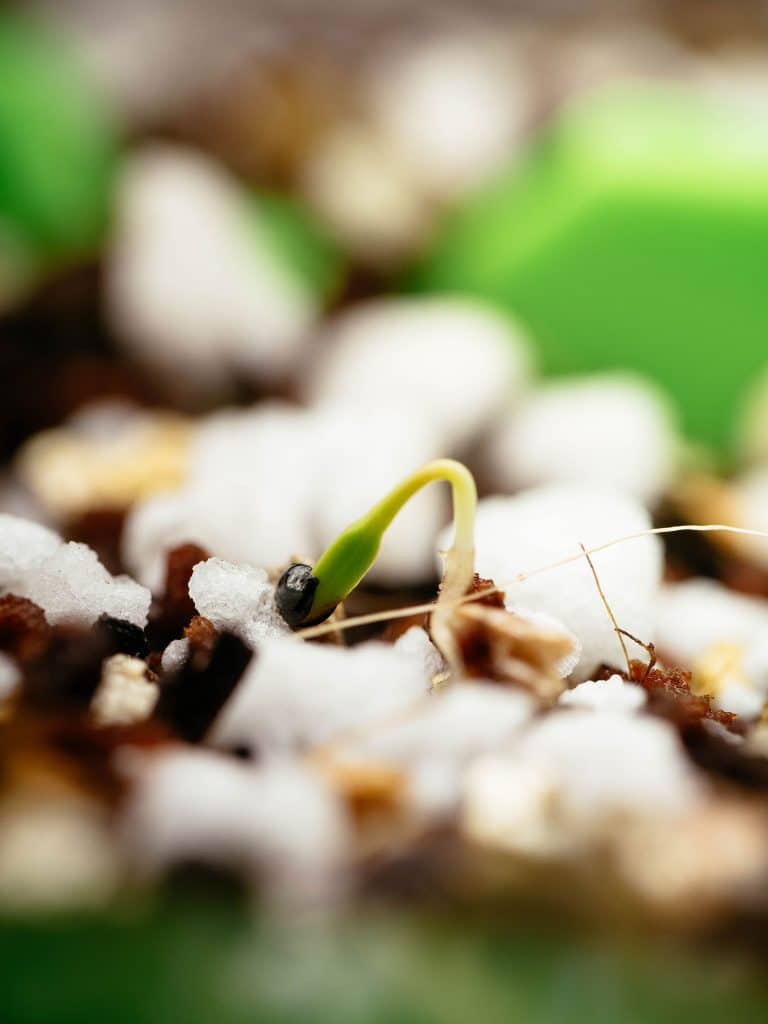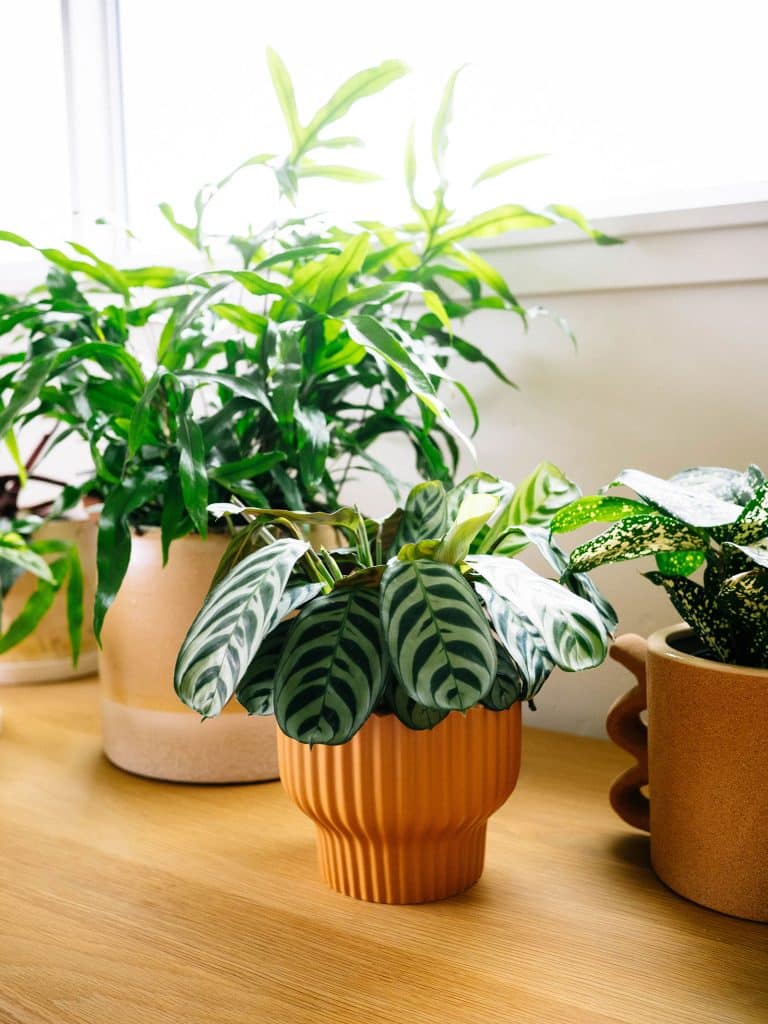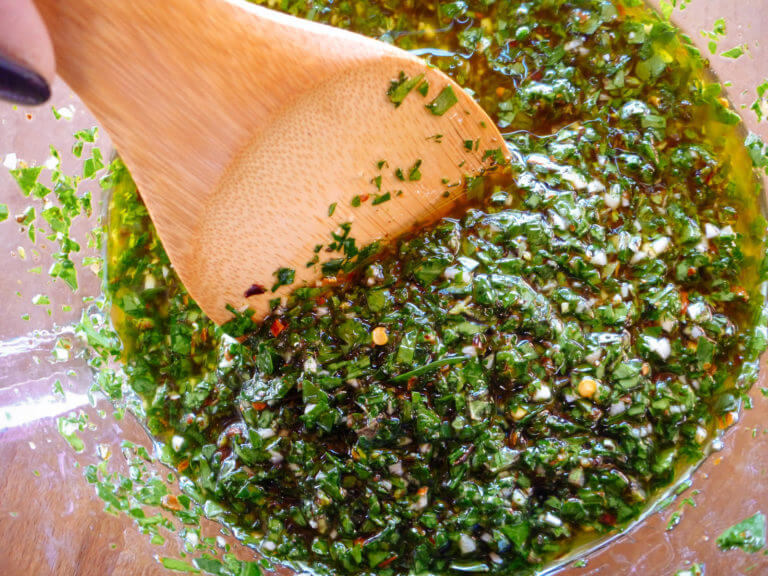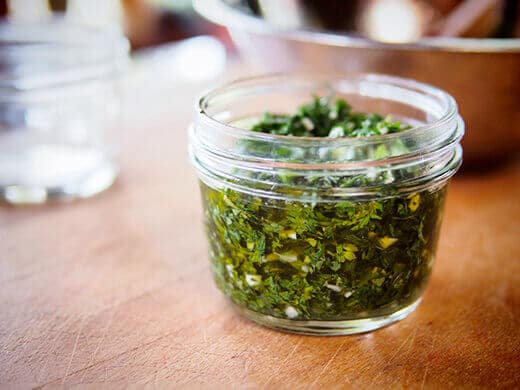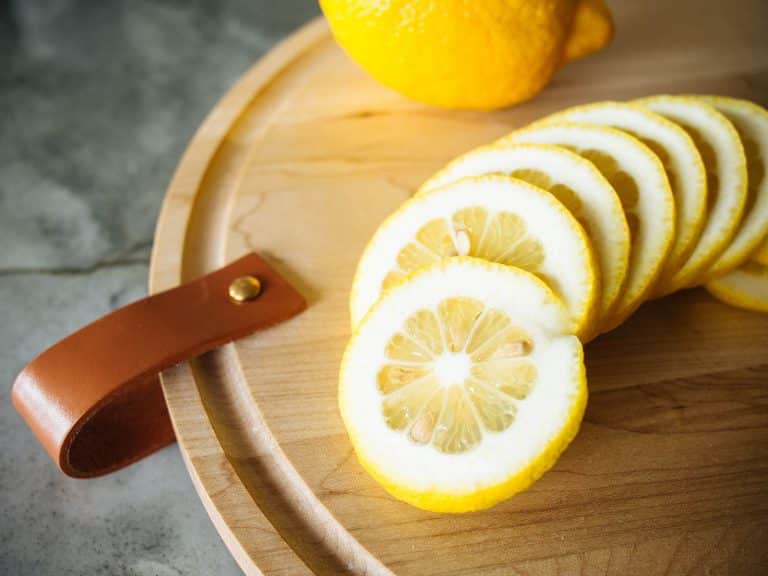The beginning of spring usually sees me sprawled in the middle of the living room floor with all my seed storage cans, checking my seed inventory sheets as I flip through seed packets and pull out the ones that may be past their prime.
Inevitably, a handful of seed packets get tossed in the compost pile as I double-check the dates… peppers from 2021, onions from three years ago. Yikes.
Some seeds I’ve only sown once or twice but still have half a packet left, some I’ve saved… and saved… and saved… because they’re so easy to save by the bagful every year. (I’m looking at you, beans.) Others are rotated every few seasons as I try new varieties, and by the time I make it back to those Parisienne carrots, it’s already been a couple years.
Are they still good? Should I get new ones? How long do seeds really last, anyway? I’ve combed through countless seed sites and extension sites over the years, wondering this very question.
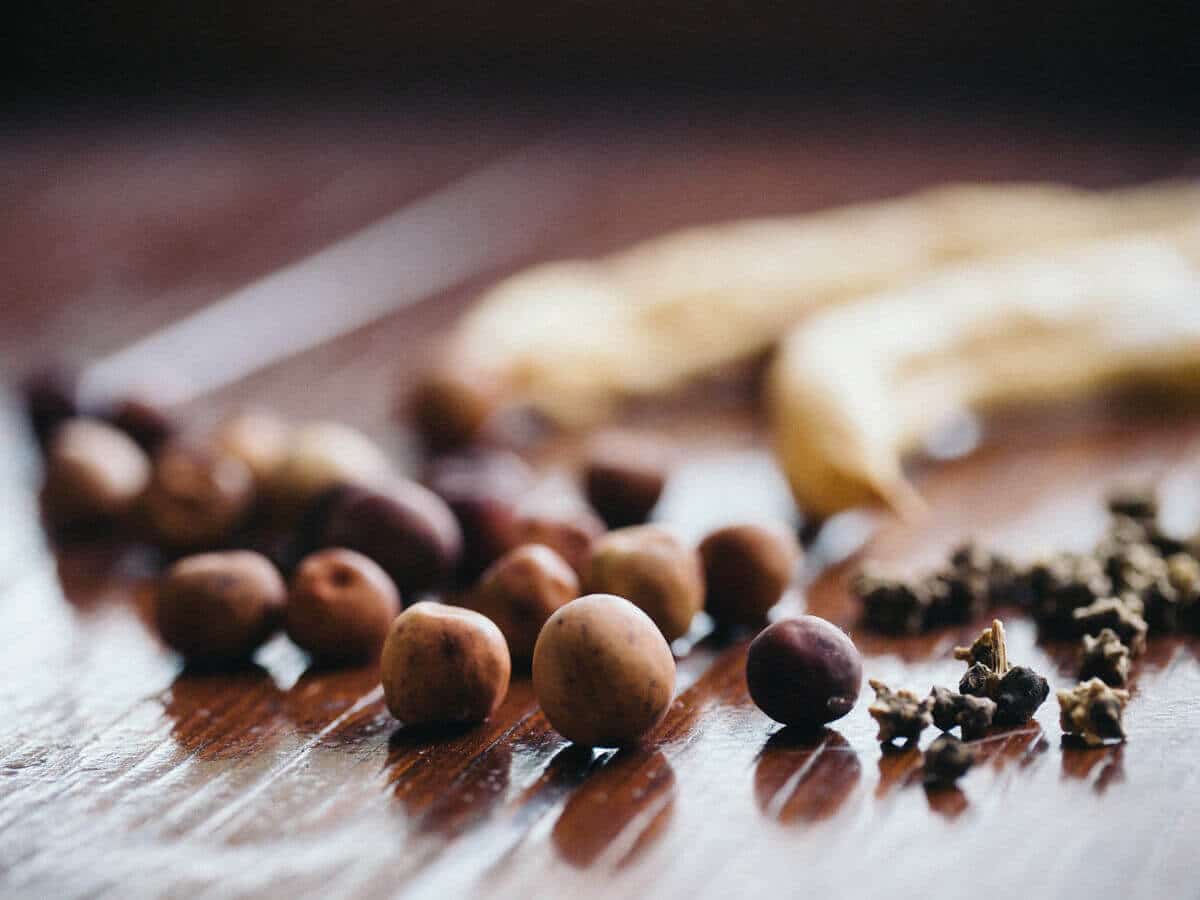
So, how long do seeds actually last?
In general, you can expect most vegetable seeds to last two to three years after their packing date, though there are always some rule-breakers in the bunch—like onion seeds, which start to deteriorate after just one year.
Most herb seeds are viable for about two years from their harvest or packing date, though basil (particularly sweet basil) can last up to five years.
Annual flower seeds usually last a year or two, while perennial flower seeds remain viable for two to four years. But as above, there are always exceptions! Take zinnia, for example (one of my personal favorite annual flowers)—its seeds can last up to five years. And the seeds of calendula and nasturtiums last even longer, up to six years or more!
These “expiration dates” are just rough estimates, however, especially when you take into account the environment the seeds were stored in, the quality of the original crop the seeds were harvested from, and even the condition of the seeds themselves (as treated seeds will have a different lifespan than seeds in their natural state).
Seeds have a shelf life (as all living things do), and depending on where your particular shelf is, the viability of your seeds can vary by as much as a year or two.
When someone asks, “How long do bean seeds last?” a safe answer is three years, but in ideal storage conditions your seeds could still actually sprout after five.
So, you see where our dilemma lies.
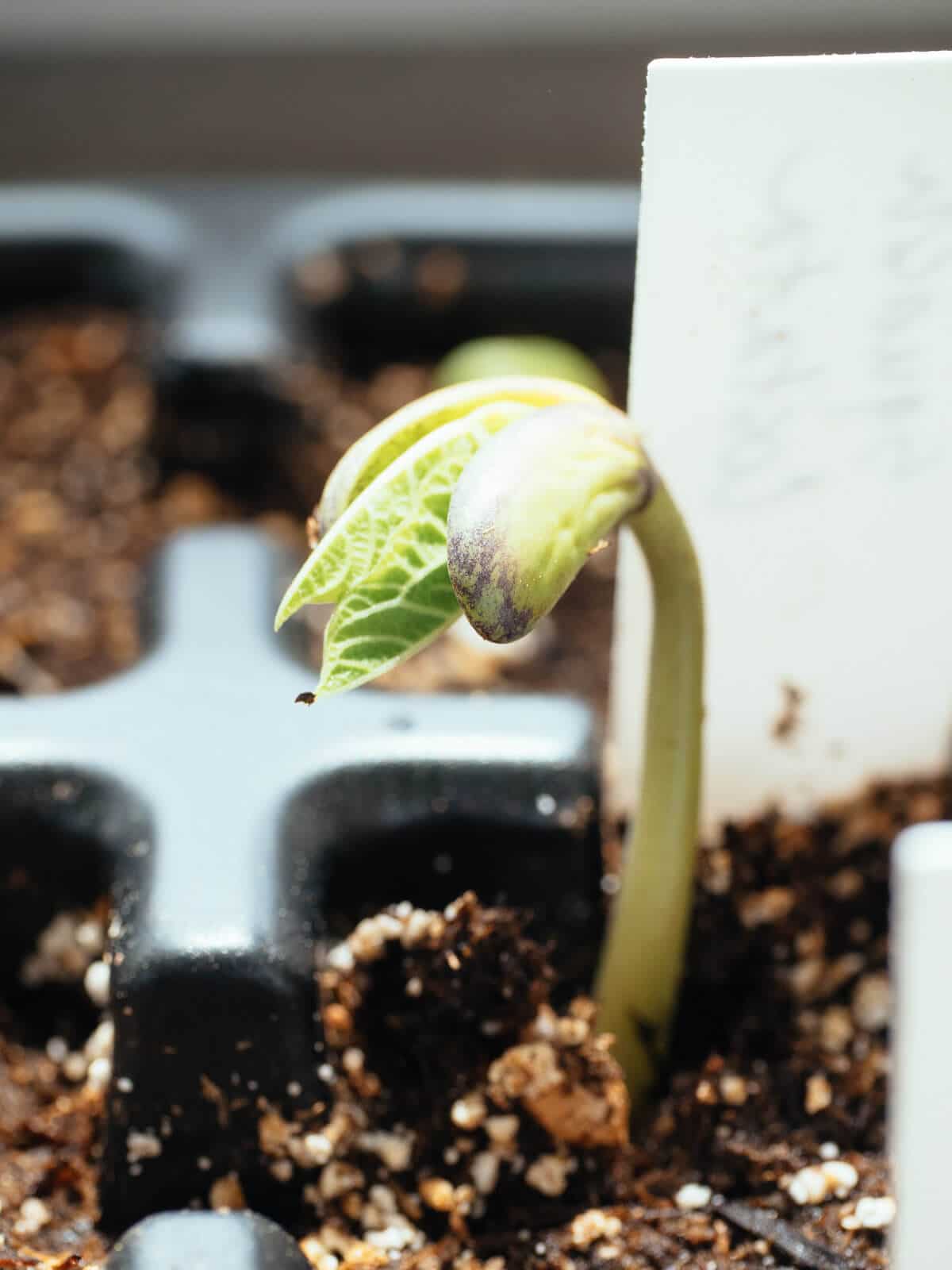
Why seed vigor matters
Storage conditions are only one piece of the puzzle. Seed vigor matters, too.
According to Oregon State University, vigor is the “ability of those seeds to produce normal seedlings under less than optimum or adverse growing conditions similar to those which may occur in the field.”
In layman’s terms, vigor is the ability of your plants to survive outside with all the elements working against them (even if they’ve been hardened off), as opposed to being coddled indoors under grow lights or controlled conditions.
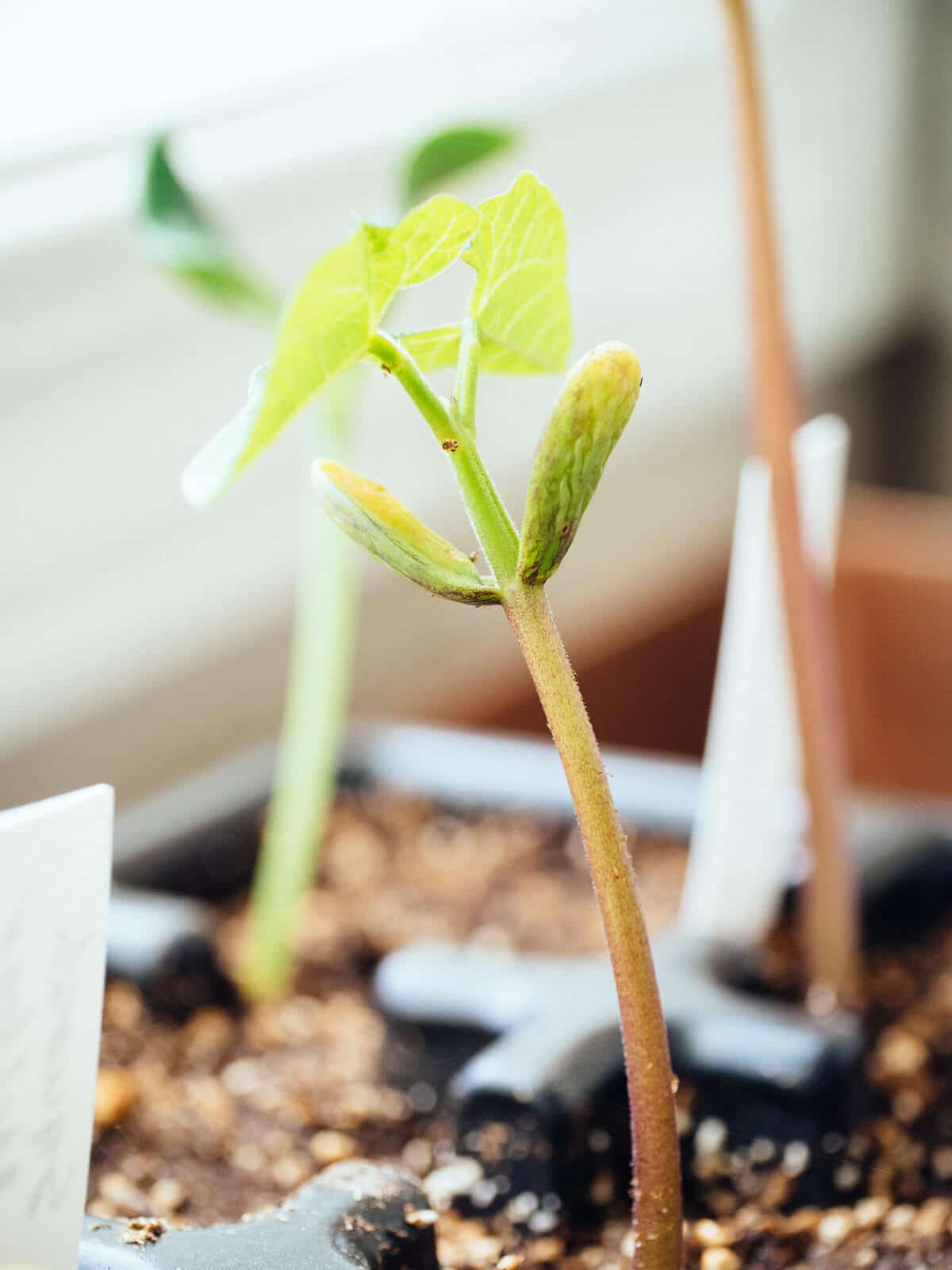
While you can predict seed germination rates by knowing when the seed was harvested/packed, or by doing a simple germination test like this one, ultimately you can’t really predict its vigor: how well a seedling will grow in terms of health, strength, uniformity, and root system, not to mention its production of flowers and fruits.
A seedling with compromised vigor may have a missing cotyledon, look stunted or scrawny, or seem overall slower to develop than seedlings from fresher seeds.
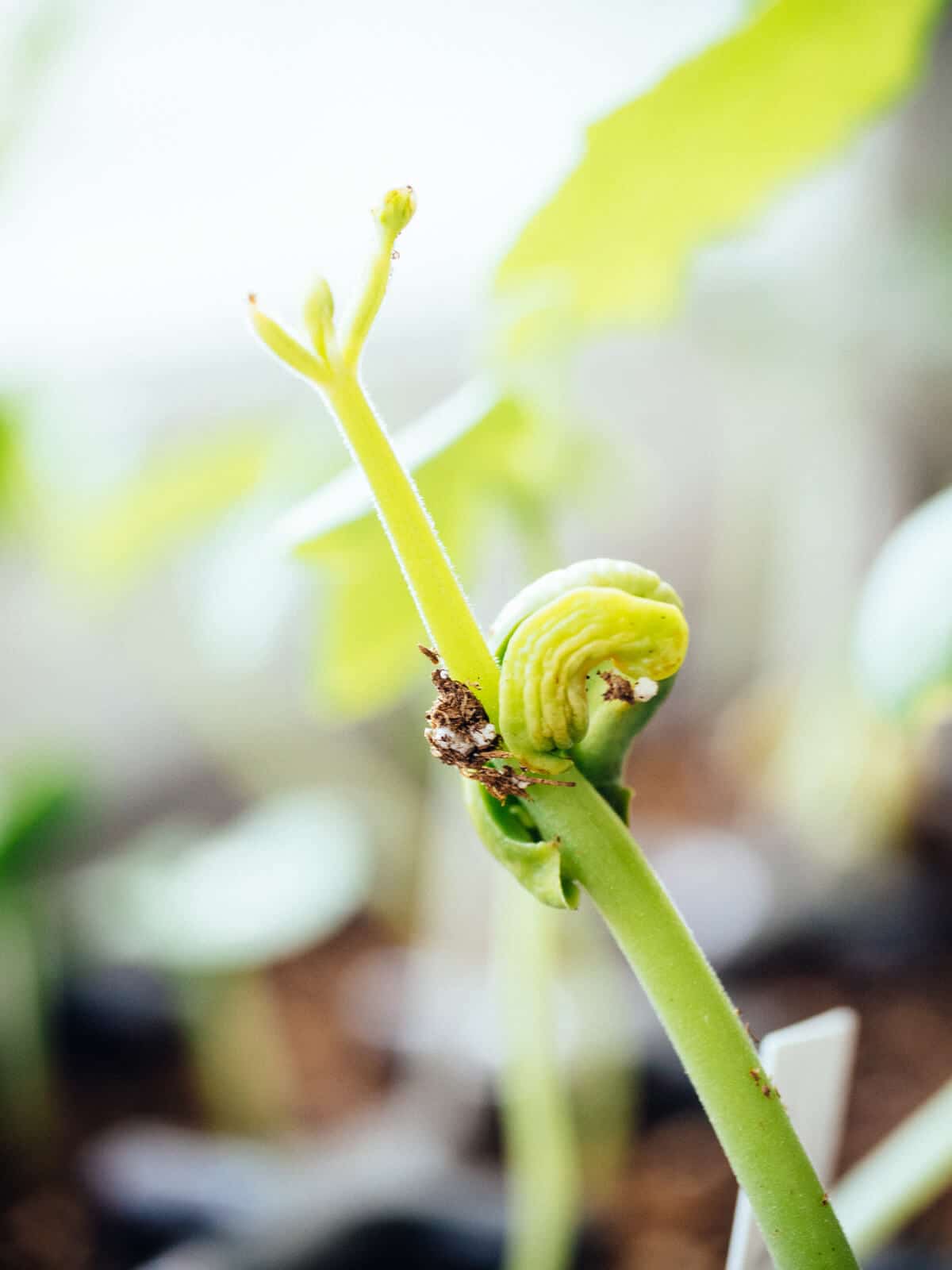
Try as they might, sometimes older seeds just don’t have it in them to sprout, grow, and go all the way to seed again. A will to germinate does not equal an ability to thrive.
What all this means: Your seeds may still be “good” as far as expiration dates are concerned, but the longer they’ve been stored, the weaker they’ll possibly develop. (Though there’s always that spunky outlier that still grows big and strong after many years!)
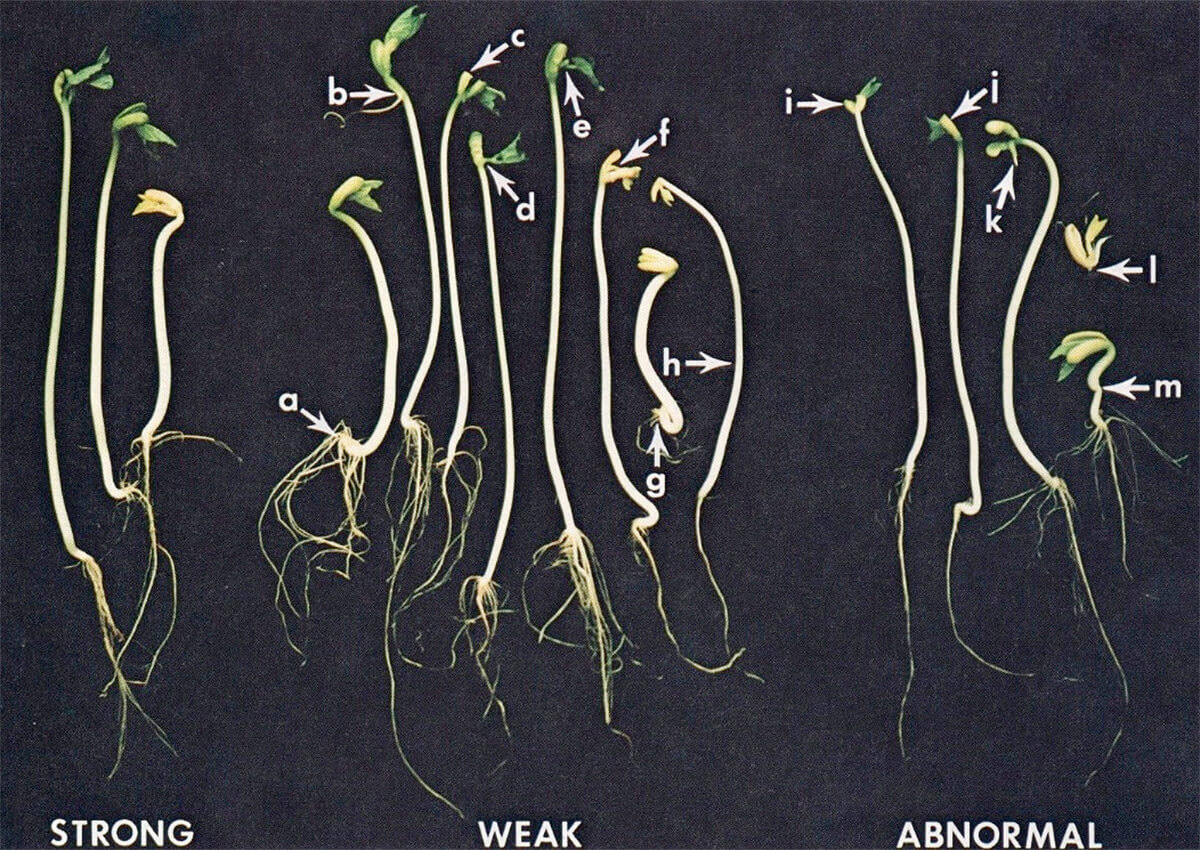
Average lifespan of garden seeds
The charts below takes the average life expectancy of seeds from a variety of sources, including the cooperative extensions of Oregon State University, Colorado State University, Purdue University, and Virginia Tech, as well as my own personal experience over the last decade-plus.
Consider it more as a guideline, as the shelf life of your seeds ultimately depends on the date on the packet and how carefully you’ve stored them since then.
Seed Viability Chart
| Vegetables | Shelf Life |
|---|---|
| Artichoke | 3 years |
| Arugula | 6 years |
| Asian mustard | 3 years |
| Asparagus | 3 years |
| Bean | 3 years |
| Beet | 4 years |
| Broccoli | 3 years |
| Brussels sprout | 4 years |
| Cabbage | 4 years |
| Cardoon | 3 years |
| Carrot | 4 years |
| Cauliflower | 4 years |
| Celery/celeriac | 3 years |
| Chard | 4 years |
| Chicory | 4 years |
| Chinese cabbage | 3 years |
| Collard | 5 years |
| Corn (sweet) | 2 years |
| Cress | 5 years |
| Cucumber | 5 years |
| Dandelion | 2 years |
| Eggplant | 4 years |
| Endive | 5 years |
| Fennel (bulb) | 4 years |
| Kale | 4 years |
| Kohlrabi | 4 years |
| Leek | 2 years |
| Lettuce | 3 years |
| Muskmelon | 5 years |
| Mustard | 4 years |
| Okra | 2 years |
| Onion | 1 year |
| Parsnip | 1 year |
| Pea | 3 years |
| Pepper | 3 years |
| Pumpkin | 4 years |
| Purslane | 4 years |
| Radish | 5 years |
| Rutabaga | 4 years |
| Salsify | 1 year |
| Soybean | 4 years |
| Spinach | 3 years |
| Squash (summer and winter) | 4 years |
| Tomato | 5 years |
| Turnip | 4 years |
| Watermelon | 4 years |
| Herbs | Shelf Life |
|---|---|
| Basil | 5 years |
| Chamomile | 4 years |
| Chives | 2 years |
| Cilantro | 2 years |
| Dill | 2 years |
| Fennel | 2 years |
| Hyssop | 2 years |
| Lavender | 4 years |
| Lemon balm | 2 years |
| Lovage | 2 years |
| Marjoram | 2 years |
| Mint | 4 years |
| Oregano | 4 years |
| Parsley | 1 year |
| Rosemary | 2 years |
| Sage | 2 years |
| Savory | 2 years |
| Thyme | 2 years |
| Flowers | Shelf Life |
|---|---|
| Alyssum | 4 years |
| Amaranth | 4 years |
| Asclepias | 1 year |
| Aster | 1 year |
| Bachelor button | 4 years |
| Bee balm | 4 years |
| Bells of Ireland | 2 years |
| Borage | 2 years |
| Columbine | 1 year |
| Calendula | 6 years |
| Carnation | 4 years |
| Celosia | 3 years |
| Coneflower | 2 years |
| Cosmos | 5 years |
| Dahlia | 5 years |
| Daisy | 3 years |
| Delphinium | 2 years |
| Dianthus | 5 years |
| Digitalis | 1 year |
| Forget-me-not | 2 years |
| Hyacinth bean | 4 years |
| Impatiens | 1 year |
| Larkspur | 2 years |
| Lupine | 5 years |
| Marigold | 3 years |
| Nasturtium | 6 years |
| Nigella | 4 years |
| Pansy | 2 years |
| Phlox | 2 years |
| Poppy | 4 years |
| Salvia | 2 years |
| Scabiosa | 5 years |
| Snapdragon | 5 years |
| Statice | 2 years |
| Stock | 5 years |
| Strawflower | 1 year |
| Sunflower | 4 years |
| Sweet pea | 4 years |
| Viola | 2 years |
| Yarrow | 4 years |
| Zinnia | 5 years |
This post updated from an article that originally appeared on March 17, 2015.


